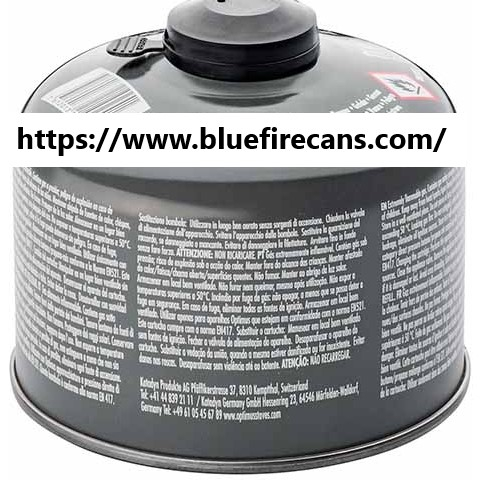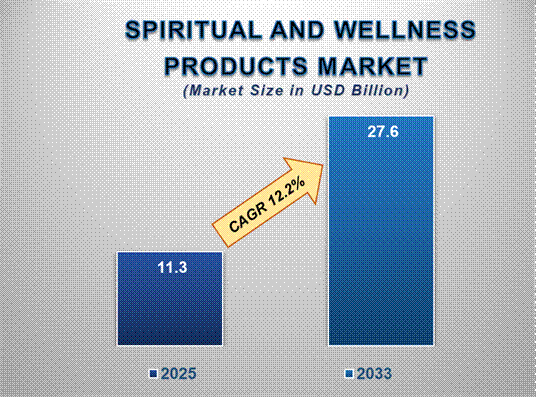Can Bluefirecans Mid Sized Canisters Simplify Packing For Short Getaways

A short overnight getaway is a chance to reconnect with nature without hauling heavy gear, and the right fuel choice makes cooking simple and fast. When you balance capacity, weight, and stove compatibility, a 450g Gas Canister often hits the sweet spot for a weekend pack. It gives longer continuous burn than the smallest cartridges while remaining portable and easy to store, which matters when people want reliable hot meals and fewer midtrip refills.
The practical appeal begins with usable burn time. For two or three people sharing basic meals, a single canister that sustains steady simmering and occasional fast boils means fewer spares and less tote bulk. That economy shows up in lighter packs, faster meal cycles, and a calmer pace on short trips where convenience is part of the experience. Choosing a slightly larger canister for base camp tasks — coffee, one pot dinners, and coffee again — reduces the number of times someone has to leave the circle to fetch fuel.
Size and weight balance is also about ergonomics. A medium sized canister is still compact enough to fit into a cooking kit or a daypack pocket, yet it resists tipping and stays stable under a typical stove platform. That stability is reassuring when family groups or mixed ability campers are cooking together. Simple handling features like a clear protective cap and a stable rim reduce accidental valve impacts while loading into a car or into shared gear bins at a campsite.
Compatibility with common stove fittings matters more than many people expect. Most lightweight backpacking stoves and many portable camp models accept standard threaded or snap connections, and choosing a canister that matches your stove eliminates adapters and wobbly fittings. When retailers and suppliers publish compatibility notes and valve types, shoppers can pick a canister that fits without trial and error, which saves time on busy weekends and reduces returns for retailers who sell direct to campers.
Weather and terrain shape how you use fuel. Wind robs heat and cold reduces vapor pressure, so the right canister paired with basic wind management and efficient cookware gives more reliable results across a wider range of conditions. For example, a snug lid on a pot and a quick windscreen cut boil times and reduce total fuel draw. Those marginal gains add up and make a single canister stretch through typical weekend meal plans.
Group size and cooking style also influence the choice. A canister that supports communal cooking — shared pans, quick pasta or stew, and hot drinks — reduces the need for multiple small cans. For trip leaders and rental services, a modest inventory of mid sized canisters minimizes stock handling while keeping guests fed. That operational simplicity makes event planning easier and lowers the chance of an afternoon scramble for cold sandwiches.
Packing, protection, and transit are practical concerns. A canister that arrives dent free with a sturdy valve cap is ready to use and safe to store. Protective caps, upright packing methods, and clear labeling that includes orientation guidance reduce transit damage and repacking at arrival. Suppliers and logistics partners that follow packing templates minimize returns and save retailers from the hassle of inspecting and sorting damaged inventory on delivery days.
Safety and storage rules are part of good practice. Store canisters upright in ventilated areas and keep them away from direct heat sources. At the campsite, keep spare canisters shaded and avoid prolonged sun exposure in closed vehicles. Inspect each canister for dents, corrosion, or missing caps before use. These small checks reduce the chance of leaks or poor performance when you need a hot meal.
Environmental and disposal thinking also influences choice. Buying a canister size that matches a typical outing reduces partially used leftovers that are awkward to store and dispose of. Some people plan meal sequences so canisters are used fully or nearly fully during a trip. Clear end of life notes from the supplier about safe disposal and local collection programs help campers act responsibly without second guessing.
Practical tips to get more from a single canister are straightforward. Use a fast boil followed by a lower simmer for finishing; cover pots to concentrate heat; group boiling tasks so you reduce repeated full power cycles. Carry a small spare in case of extended delays or unexpected guests, but for most weekend plans a well chosen mid sized canister is enough.
For retailers and rental fleets, aligning product pages and point of sale guidance with customer needs reduces returns and confusion. When technical notes on valve type, suggested stove pairings, and safe packing are easy to find, clerks and customers match gear more reliably. Clear purchase guidance shortens queue time on busy weekends and improves satisfaction when campers get the performance they expect.
Finally, if you want to compare options and read handling guidance for mid sized canisters that suit weekend trips, consult supplier product pages that collect valve notes, packing tips, and stove pairings. Many buyers find that reading the product section for mid sized cartridges helps them match cookware and trip plans with the right fuel options at https://www.bluefirecans.com/product/ which gathers practical pairing suggestions and handling guidance to help outdoor cooks plan with confidence.



